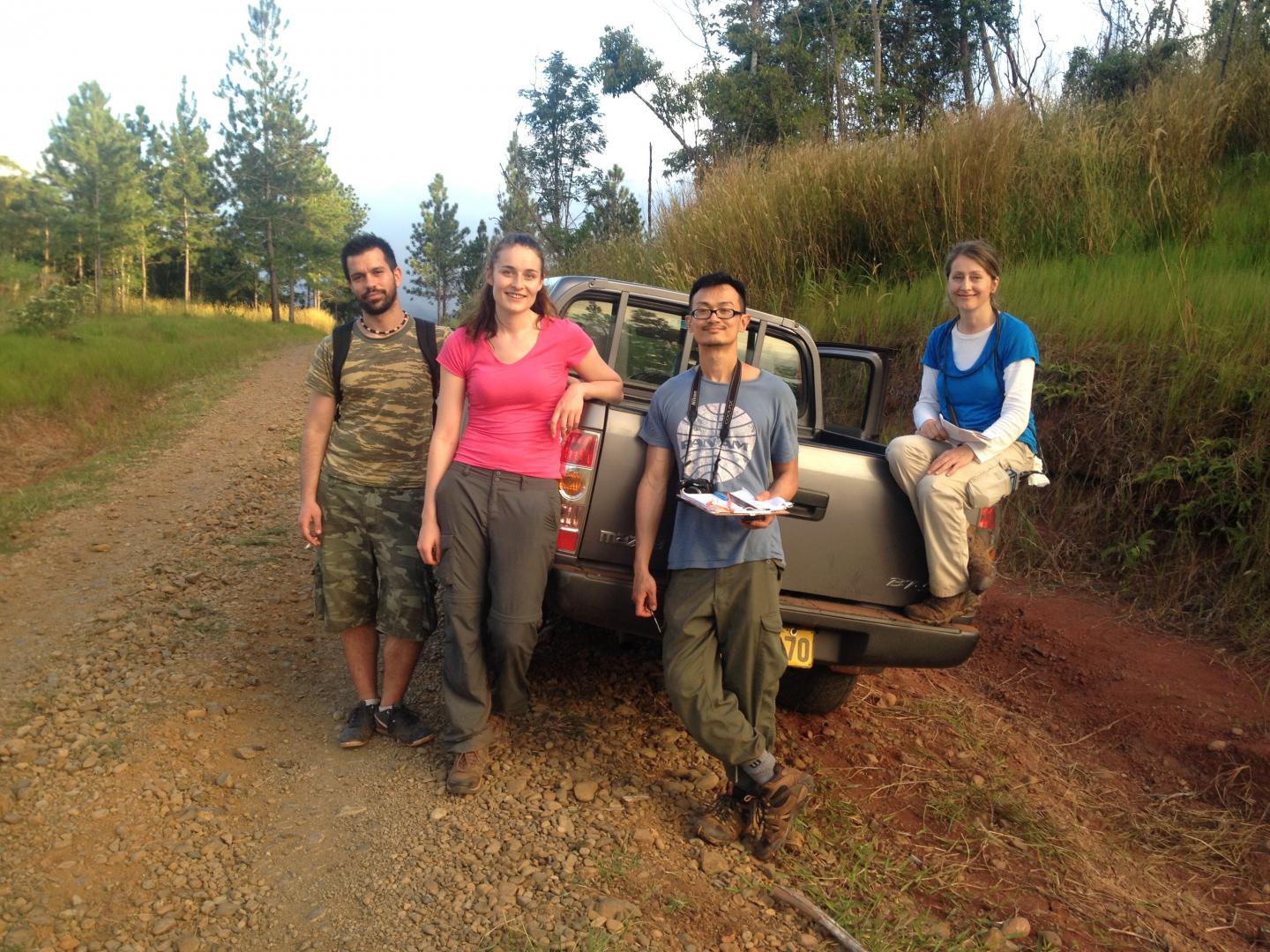A team of researchers at Trinity have been investigating changes in plant morphology and strategies in response to climate change. Dr. Wuu Kuang Soh, now a botanist at the National Botanic Gardens, carried out this research with a group of scientists from Trinity. The paper that was published described how some plant species are adapting their intrinsic water use efficiency, or iWUE, in response to rising CO2 levels between 1988 and 2015.
The rising levels of carbon in our atmosphere are causing adaptations in many organisms throughout the globe, mainly due to its effective heat-trapping ability. Many animals are dispersing and expanding their natural range in order to keep up with our changing climate, but with plants having less vagility than most animals, this dispersion is not always a viable strategy. Instead, we see existing plant characteristics influencing the plant’s response to global warming: “leaf architecture such as leaf mass do influence on how plants respond to elevated CO2.”.
Although there is more research needed to prove that climate change is the driving factor behind these changes, it is undeniable that climate change is having some kind of effect. “Leaf texture affects plant sensitivity to rising CO2”, claims Dr. Soh. “Leaves with high leaf mass tend to exert more resistance to diffusion of CO2 inside the leaf. Under rising atmospheric CO2, leaves with low internal diffusion also show higher increase in photosynthesis than leaves with high diffusion. Since iWUE is the ratio of photosynthesis and stomatal conductance, this will lead to high iWUE gain.”
So as the atmospheric carbon levels rise, larger leaves that have low levels of diffusion are becoming more efficient with their use of water. During the research, the Climate Leaf Analysis Multivariate Programme (CLAMP) was used to access leaf samples from years past. CLAMP proved to be useful throughout the course of the research: “For our research design, we needed to use plant specimens of various species collected by the same person and method from many different biomes. The original CLAMP materials fit this criteria. This is to make sure that historical samples and presently collected samples are comparable.”
“We may see that evergreens will have a competitive edge in term of having higher iWUE over deciduous plants in the cooler regions”
Evergreens are now known to appear better equipped to adapt to increased CO2 than their deciduous counterparts. Does this mean we could see a decline in deciduous trees as our planet continues to warm? Well it seems that this could be the case for cooler biomes: “Provided that the conditions are suitable, and that there are frequent episodes of water scarcity, then we may see that evergreens will have a competitive edge in term of having higher iWUE over deciduous plants in the cooler regions and that may in turn leads to an increase in fitness in evergreens in the future.” However, it’s not that simple: “in nature things are not that straight forward and everything else do varies, because if we talk about an increase in the number of evergreen plants over deciduous plants, that depends on reproduction biology including pollination, seed dispersal and herbivory, which are also affected by climate change.”
There are some obvious examples of plant adaptations to climate change in the world today. Some are more obvious than others. Dr. Soh points out the “link between rising atmospheric CO2 and reduction in the density of pores (stomata) on leaf surface. This trend was shown in many studies from herbarium specimens across a time span of hundreds of years, and presumably spanning several generations of plant populations and that these stomatal traits are heritable. With increasing CO2 plants do not generally need to have high stomatal density and thereby reduce water loss.”
As the effects of climate change become ever-more threatening to life on Earth, there are plenty of eyes being thrown on finding the most effective natural adaptation for plants in this warming world. Finding this ‘best’ adaptation is, to Dr. Soh, “a million-dollar question” with perhaps “no direct answer to it. The current climate crisis manifested in many forms, for example in rising atmospheric temperature, CO2, drought, sea level, ocean acidification etc. All of these affect plants either directly (plant physiological tolerance) or indirectly (ecological interactions with other species such as pollinations). If one talks about adaptation as an evolutionary process, then to cope with the impact of climate change, this would entail having the ability to change.”
So, in order to adapt to a changing world, plants must have the ability to change their traits accordingly. To do this, they need to have the correct toolset. This toolset comes in the form of a large diverse set of genes. As long as there are various different types of genes in each species, the chance for adaptation is higher. Dr. Soh is keen on keeping plants as genetically diverse as possible: “I would like to stress on the importance of preserving genetic diversity in populations so that plants can have the means to adapt to the impact of climate change.”






